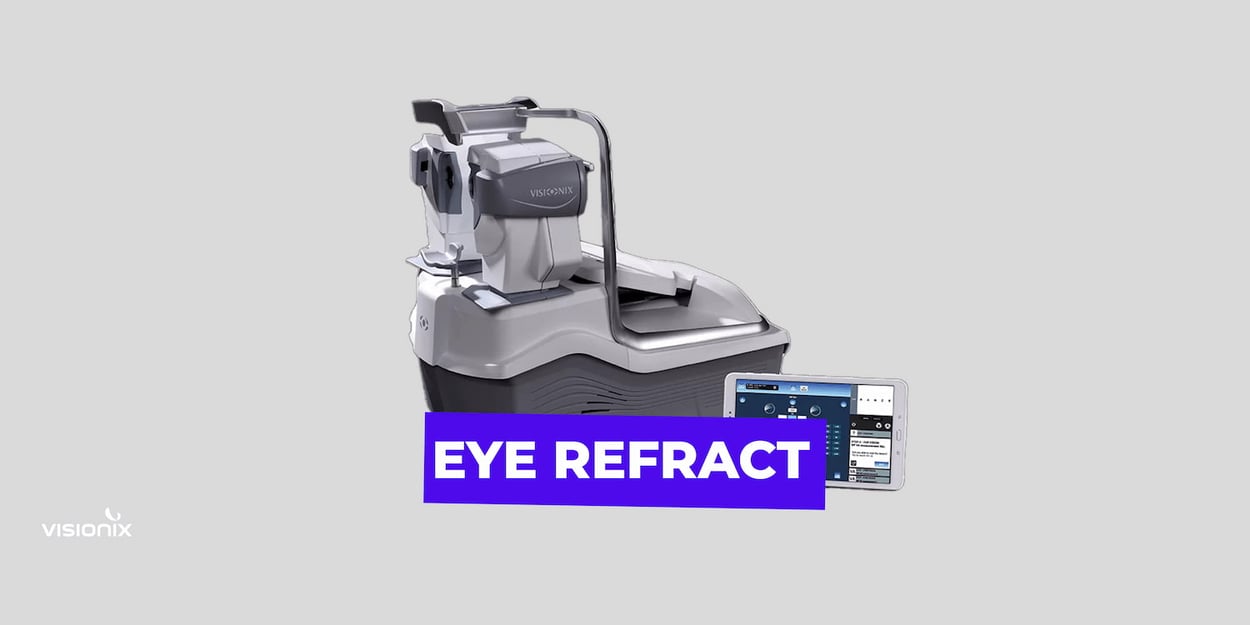Abstract
Background: To evaluate the precision and accuracy of objective refraction measurement obtained with combinations of instrument design and technique. We also compared the performance of the instruments with subjective refraction measurements.
Method and analysis: The objective refraction was measured in 71 subjects with three autorefractometers that have different designs and measurement principles (binocular with fogging, binocular without fogging, and monocular with fogging). Repeatability and reproducibility metrics were calculated for the objective refraction measurements. The agreement of the objective refraction measurements between the three instruments and the agreement with the subjective refraction measurements were evaluated.
Results: All three autorefractometers had repeatability and reproducibility limits smaller than 0.70D. The smallest difference (0.10D) in the spherical equivalent was seen between the two binocular instruments. Compared with the subjective refraction, the binocular without fogging technique had the smallest mean difference in spherical equivalent (≤0.20D) whereas the binocular fogging technique had the smallest limit of agreement interval (1.00D). For all comparisons, the mean difference and limit of agreement interval for the cylindrical components were lower than 0.10D and 0.75D, respectively.
Conclusion: All three instruments evaluated had good repeatability and reproducibility. The binocular fogging technique provided the best agreement with subjective refraction.
Keywords: refraction; fogging; monocular/binocular view; precision


